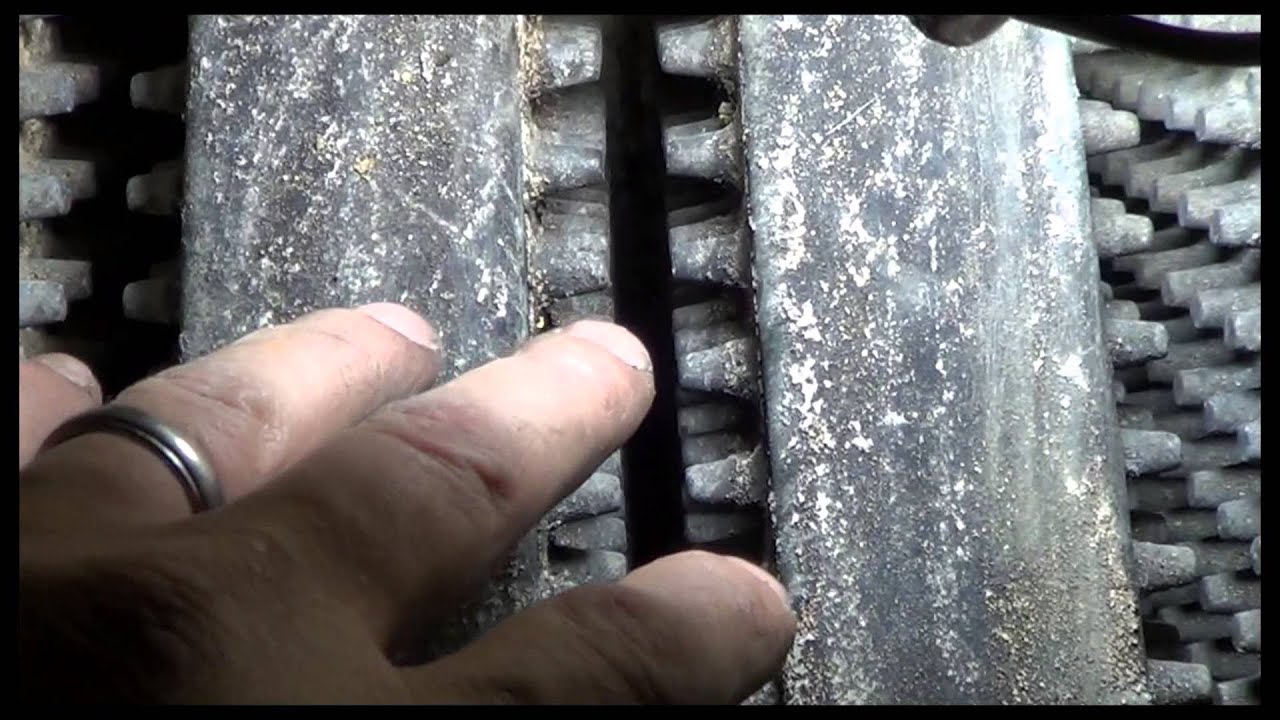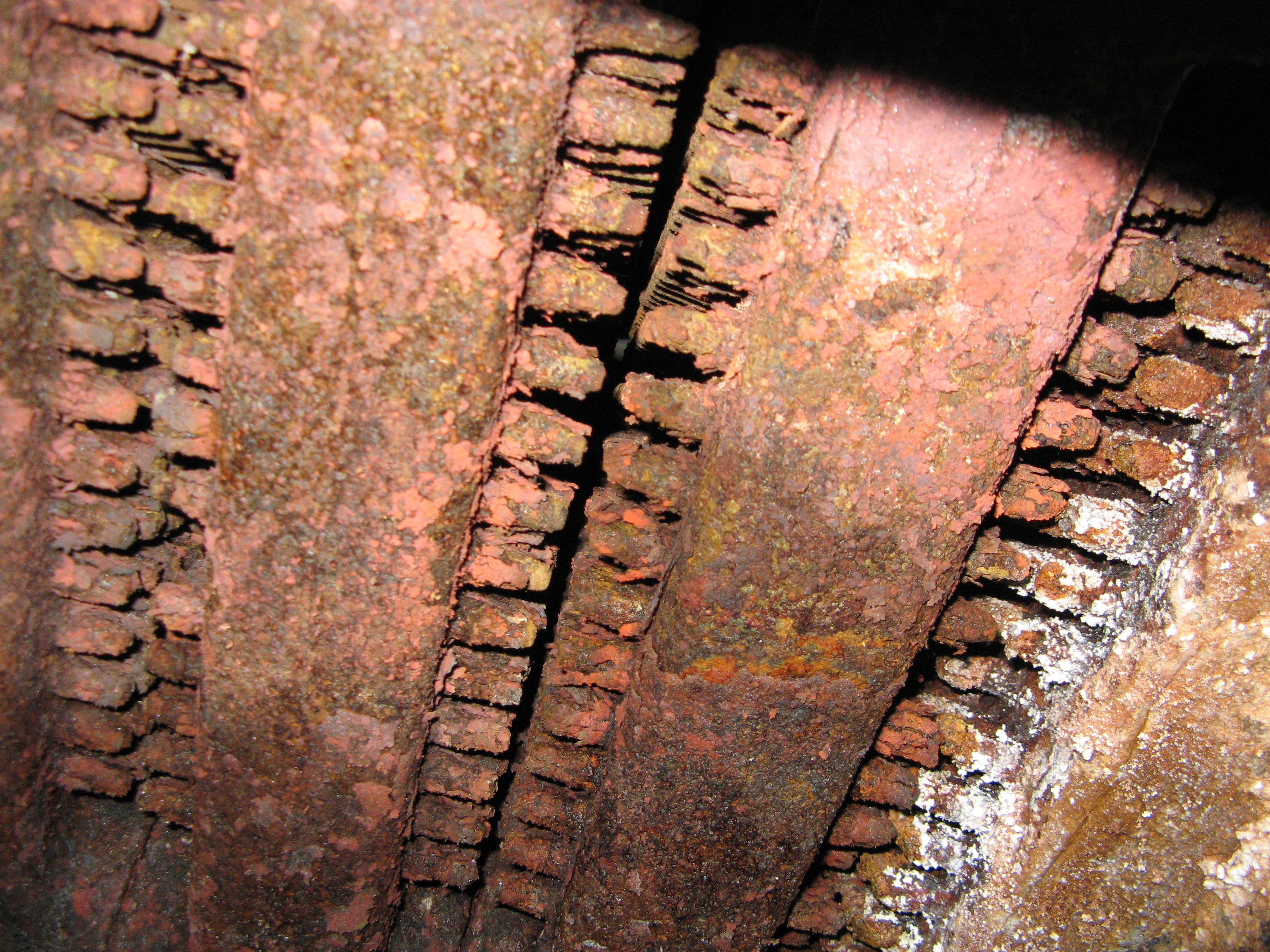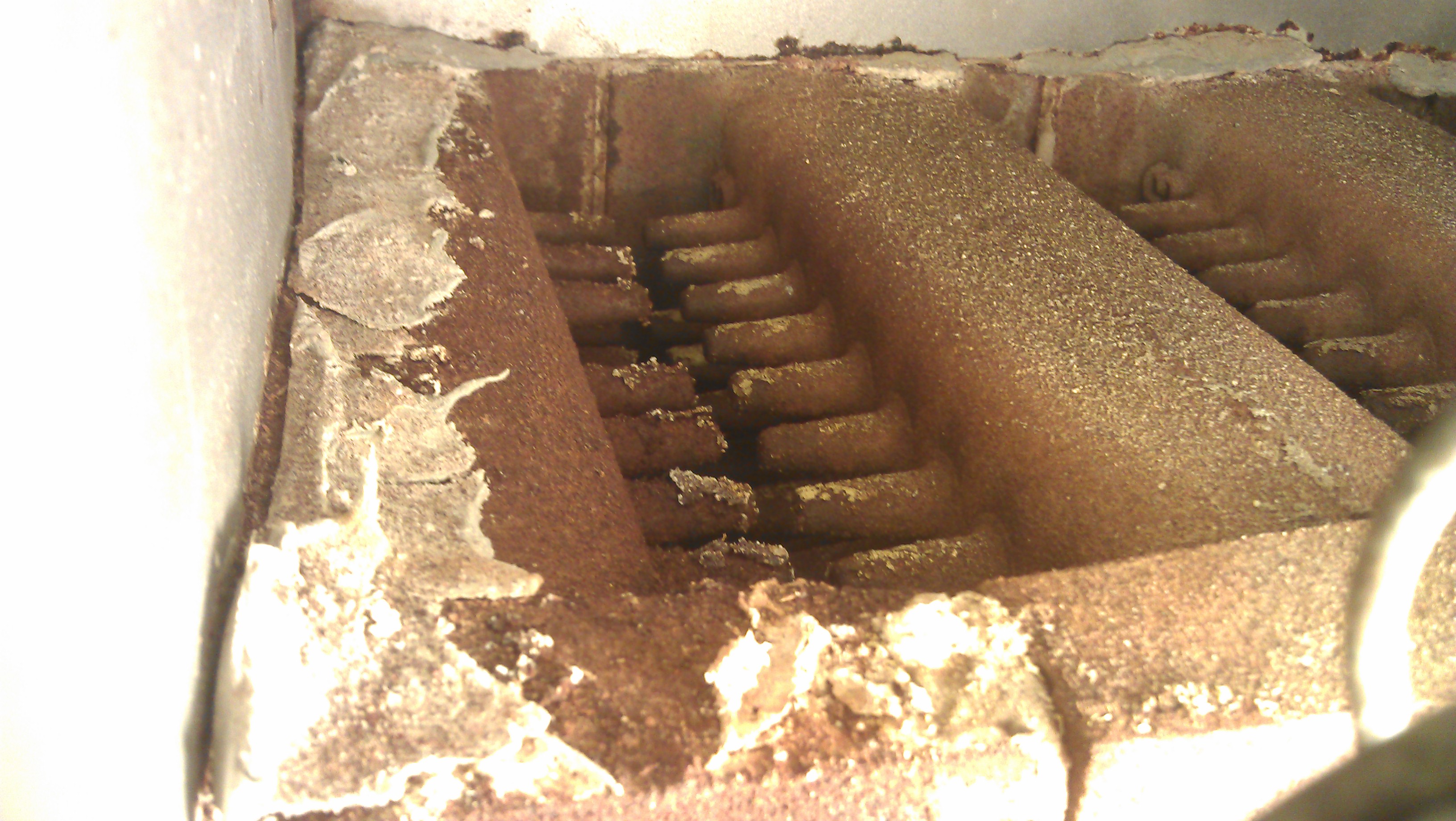rdm190
New Member
I just installed a Tekmar 256 yesterday and had a few question about my settings.
My system:
93 year old home, likely a converted gravity-hot water system. Unknown when It was converted. Blown in insulation.
2 zones: 7 cast rads and a baseboard rad on main zone, fin tube convector in an addition on the second zone
Weil-McClain Gold CGa-4-pidn boiler
Taco 3 zone controller, 2 Taco zone valves, Taco circulation pump wired to the zone controller
Tekmar 256 Outdoor Reset
Located outside Philadelphia
I have the factory settings on the 256 at the moment:
Boil design: 160
Boil Max will calc at: 170
Boil min: 140
Outdoor design: 12
Indoor design:68
Differential: Auto
I cycled the boiler a few times yesterday and get a supply ramp up to 150+ before the 256 pulls the plug (It was warm yesterday, so it was calculating a 140 boiler target). This gets my return water to 130+ ish.
Weil-McClain recommends no less than 130 return water, in their factory manual.
I am contemplating having a bypass installed, but that is out of my skill set.
Am I running on safe numbers? Is the bypass a time sensitive necessity? I am new to hydronic heat, do I am learning on the fly.
-Ryan
My system:
93 year old home, likely a converted gravity-hot water system. Unknown when It was converted. Blown in insulation.
2 zones: 7 cast rads and a baseboard rad on main zone, fin tube convector in an addition on the second zone
Weil-McClain Gold CGa-4-pidn boiler
Taco 3 zone controller, 2 Taco zone valves, Taco circulation pump wired to the zone controller
Tekmar 256 Outdoor Reset
Located outside Philadelphia
I have the factory settings on the 256 at the moment:
Boil design: 160
Boil Max will calc at: 170
Boil min: 140
Outdoor design: 12
Indoor design:68
Differential: Auto
I cycled the boiler a few times yesterday and get a supply ramp up to 150+ before the 256 pulls the plug (It was warm yesterday, so it was calculating a 140 boiler target). This gets my return water to 130+ ish.
Weil-McClain recommends no less than 130 return water, in their factory manual.
I am contemplating having a bypass installed, but that is out of my skill set.
Am I running on safe numbers? Is the bypass a time sensitive necessity? I am new to hydronic heat, do I am learning on the fly.
-Ryan
Last edited:



